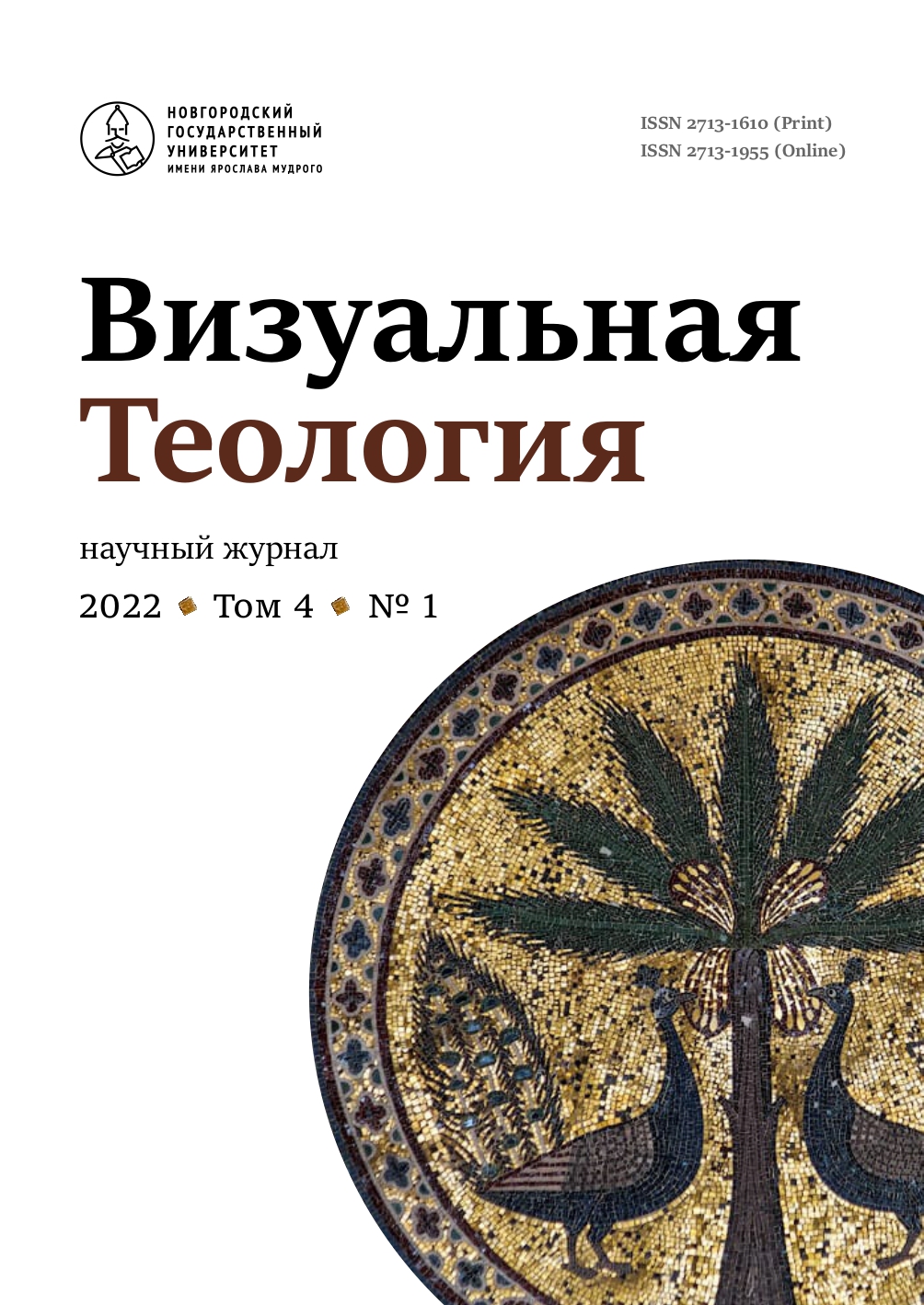Icons of the Trinity with Scenes from Genesis in ‘Srednik’ within the Narrative Tendencies in Late Medieval Russian Icon Painting
Abstract
Icons of the Trinity with scenes from Genesis in the centerpiece of an icon, in ‘srednik’ (Russ. средник) are examined in the context of the rhetorical narration inherent to the Christian painting particularly to the late medieval Russian icons. In these icons the narrative cycle of the Holy Trinity’s arrival to Abraham and Sarah and his departure to Sodom is included in the structure of Rublev’s iconographical type of the Holy Trinity. Though some of these icons are well studied, this issue needs to be conceptualized in the context of the icon’s narrative tendencies particularly in Late Middle Ages. At the same time, the author does not support the interpretation of the narrative qualities of icon painting of the 16–17th centuries, which is acknowledged in the Russian methodology. This topic is widely represented: from icons of the Trinity with Genesis cycle in smaller segments on the edge of a panel, ‘kleyma’ (Russ. клейма), to the ‘life-likeness’ (Russ. живоподобие) icons of the second part of the 17thcentury. Such a wide coverage of the illustrative material makes it possible not only to follow the dynamics of the narrative structure of the icons of the Trinity, but to identify a number of problems that present these images in the context of the designated phenomenon. Firstly, the compositional specificity of the narrative cycle included in ‘srednik’ is analyzed in comparison with the traditional narrative scheme in ‘kleyma’. Secondly, it is proposed to consider the scenes from Genesis with ‘srednik’ in the middle of the icon of the Holy Trinity as a phenomenon akin to the inclusion of hagiographic scenes into the natural and architectural background of icons of the second half of the 17th century. Thirdly, the author studies, to what extent the tendencies towards narrativity are really motivated by the need for visual transmission of the text. All these aspects are complexly presented in the article and are considered in the chronological order of the sequence of the icons of the Trinity with scenes from Genesis. As a conclusion, it is proposed to consider the presence of the narrative cycle with scenes from Genesis with ‘srednik’ of the Holy Trinity as a result of the synthesis of artistic processes and anthropological manifestations of culture, where the conditionality of visual narrative by the detail of the textual source does not play a decisive role


